
The results suggest that insect meal is much more than a simple substitute for soy protein concentrate © Protix
So observe Michel van Spankeren, business development manager at Protix, and Piotr Postepski, the firm’s chief commercial officer, who believe that the strong evidence base will encourage more aquafeed and aquaculture producers to start integrating insect meal into their feeds.
“Protix is a science-driven business. So whatever we do, whatever we claim, we aim to ensure that everything has a scientifically proven background,” emphasises Postepski, a vet by training, who previously worked for some of the world’s largest animal health firms. The recent salmon trial complements the evidence reported in over 40 peer-reviewed scientific publications related to their product, called ProteinX.
Success in salmon
A recent breakthrough trial showed that a 4 percent inclusion of Protix ProteinX insect meal (which was used instead of soy protein concentrate) increased the yield, the fillet quality, and the sensory quality of salmon on a commercial scale in a farm operated by Austevoll Melaks in Norway.
As van Spankeren explains, it’s a landmark moment for the use of insects in aquafeeds.
“The very first publications about insect meal were more focused on safety and compatibility of the nutritional requirements of aquaculture organisms. Now we've moved beyond that phase, first through tank tests, which showed that fish fed insect meal have a better liver condition, something directly related to health and welfare,” he notes.
“But, as many players point out, this is in a very controlled environment, and might not be the same in real commercial operations. The new results come from large scale commercial production of many hundreds of tonnes of salmon being farmed out in the cages in Norway,” he adds.
According to van Spankeren it’s a timely discovery, given the various challenges facing salmon farmers at the moment – ranging from warming waters, to lice, algae and jellyfish – which are combining to create higher than average mortality rates and downgrades.
“If you look at the results I think we can draw a parallel here with functional ingredients like krill, for example,” he predicts.
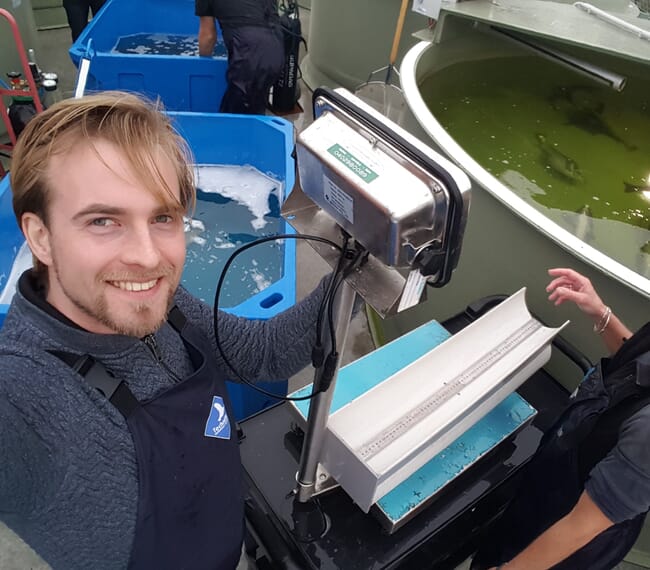
Functional compounds in insects
The explanation behind the functionality of insect protein is yet to be confirmed, but van Spankeren, who is a nutritionist by training, points to a wide range of beneficial compounds in insect ingredients.
“Of all the insects, we’ve chosen for black soldier fly larvae, an insect packed with protein and other nutrients. We still need to dig deeper on what in particular is causing these effects, but some of the molecules are already highly regarded in various animal nutritional spaces. For example, products like lauric acid – a fatty acid typically found in coconut and palm origin products. It is known for its antimicrobial properties, for improving gut morphology, and it can spare valuable fatty acids like EPA and DHA from being used as energy,” he notes.
He also believes that the chitin contained in insects is beneficial, especially once the optimum levels of chitin inclusion are established.
“Most aquatic organisms have chitin in their diets, or at least for certain parts of their life cycles – fish eat shrimp, crabs, krill, insects – and it’s logical to assume that they have figured out a way to use it for their benefit,” he observes.
van Spankeren also points to a range of peptides that have antimicrobial and antioxidative properties in insects.
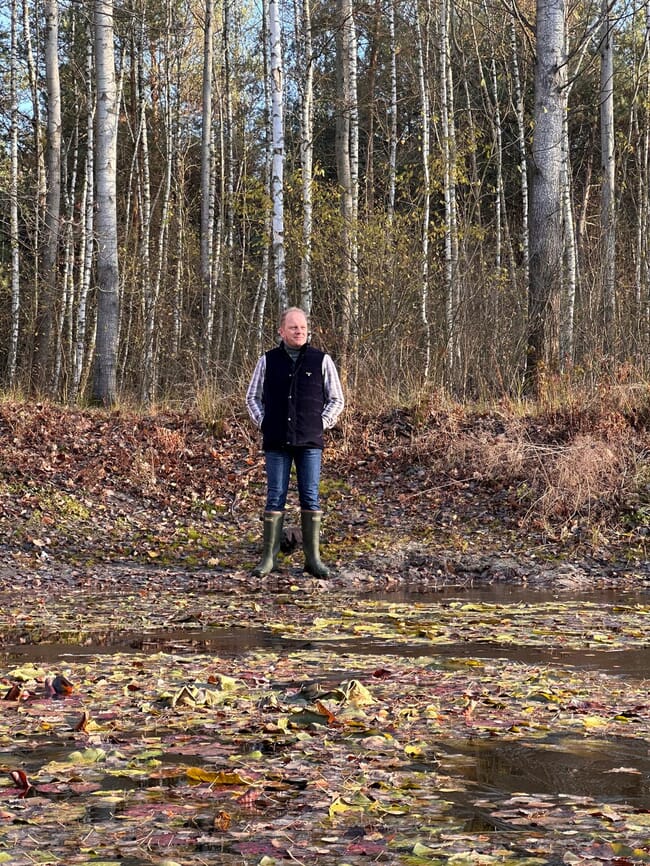
© Protix
Unique high-quality ingredients
Protix converts the beneficial compounds into high-quality ingredients ready for use by aquafeed manufacturers and its focus on high-quality products has led Protix to use wet, rather than dry, processing methods.
“This allows us to maintain more nutritional value in the product. And having both the farming and the ingredient production under one roof gives us an extremely high level of control and also a vast amount of data that we’re gathering to optimise production on a daily basis,” van Spankeren observes.
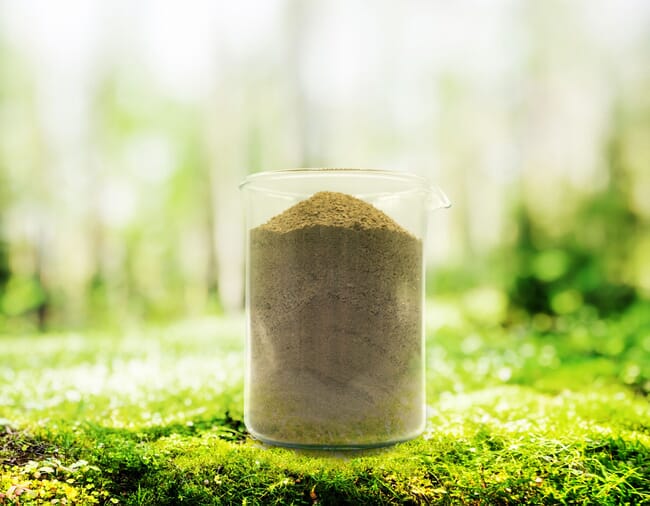
© Protix
Plans to expand
Protix is currently producing 15,000 tonnes of live larvae at their facility in the Netherlands and expanding their capacity rapidly. Although the pet food sector is still their largest market, they are beginning to step up their presence in aquaculture.
“We are working with the R&D teams to improve our efficiency and increase our output. We are constantly improving the genetics. We are constantly improving the way we feed our larvae. We are also playing with the climate and every year we are better and better,” notes van Spankeren.
“At the same time, we are actively expanding outside of the Netherlands. We are in a process of building a much bigger factory in the US together with Tyson as a minority shareholder, and that's really exciting. It'll be a huge step forward, not only for Protix, but for the whole industry. We’re also looking at expanding in Europe by adding one more factory to our portfolio,” Postepski adds.
As their capacity and scientific data grow, so do their opportunities to go beyond pet food.
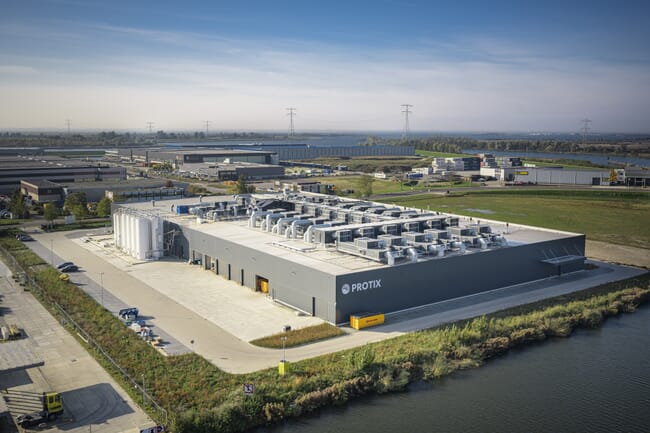
The company is in the process of building a larger facility in the US © Protix
“We were conceived with aquaculture in mind, as we wanted to prevent overfishing. However, pet food was the first market that we were allowed to supply to, so it became our core market. Our insect meal and oil has now been widely adopted by it, not just by the innovators and early adopters. This is because we’ve gone through all the cycles of proving the safety and compatibility of the raw material, proving the functional benefits and explaining them well in white papers,” reflects van Spankeren.
“The aquaculture market only opened up in 2017, and our aquaculture clients are even more focused on the scientific evidence. They have different requirements for trialling new solutions,” he adds.
“I know the animal protein market very well from the pharmaceutical side. And for me it's critical that we as Protix are able to demonstrate the commercial and health benefits that our ingredients are delivering – that the performance and wellbeing of their animals will be much better and this will result in better commercial results,” Postepski agrees.
“We are growing very fast in the aquaculture but I think we are just scratching the surface. This year one of the milestones that we managed to achieve is that shrimp fed with insect-based feed is available in the Albert Heijn supermarket. You can find it on the shelves and see that these shrimp were fed with insect-based feed,” he adds.
Carbon footprint
Protix also prides itself on its low carbon footprint, having commissioned life cycle analyses (LCAs) at both their pilot facility and their current plant.
“We have a full LCA for our ingredients: with ProteinX, we are 89 percent lower in CO2 emissions than an average soy protein concentrate and more than 25 percent lower than fishmeal. But in the same time we return around 90 percent more land back to nature,” notes Postepski.
“Reducing their footprints is very important to our aquaculture clients’ 2030 goals. Feed is a very large contributor to the footprints and we can prove to our clients that insect ingredients are part of the solution, reducing the footprints of their feeds as well as improving the health, welfare and performance of their animals, which also improves their footprints – there’s a double functionality there,” van Spankeren adds.
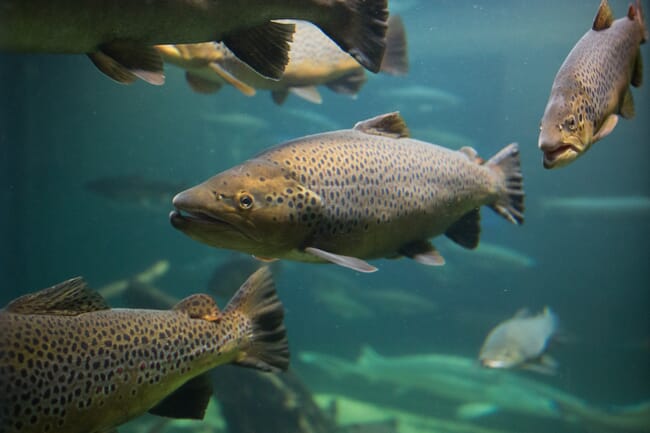
Return on investment
While Postepski is coy about the price of their protein, he emphasises that farmers who use it will see a solid return on their investment.
“Whatever we do, it’s essential that the price justifies the expense – I know from spending years in the livestock industry that farmers always need to be able to commercially justify the benefits. And that’s now possible: it’s proved by external parties that that the ROI is very good,” he emphasises.
“We can add a lot of value to feed companies, to shrimp farmers, to salmonid farmers. It goes right along the value chain. We’re also helping ensure that companies are less dependent on a handful of ingredients, like soy or fishmeal,” he adds.
“Insects are also a way to reduce the footprint of retailers in the value chain. We can work together to reduce their footprints by taking their waste and avoiding these going into biodigestion, landfill or incineration, and instead taking the value they hold with them back into the food system. This is very relevant to retail organisations. We do have benefits for all parts of the chain – in terms of yield, in terms of quality and in terms of the reduction of waste. If you bring these together it forms a very solid business case that works,” adds van Spankeren.
Collaboration
Postepski also emphasises Protix’s willingness to work with feed producers and farmers and build long-term partnerships.
“We’re looking for strategic partnerships with big companies. When we sit at a table and discuss big long-term agreements, we will be flexible. We need to work out a price that satisfies our business partners as well as allows us to continue to invest in our long-term R&D work, improve our product portfolio and further increase production volumes,” he notes.
“We strive to be a scientific and thought leader in the industry and we’ve proved we can provide a lot of measurable commercial benefits to the fish industry – you can produce healthier animals that perform better and make more money,” Postepski concludes.
Further information
To find out more or arrange a trial, contact Michel.vanSpankeren@protix.com




